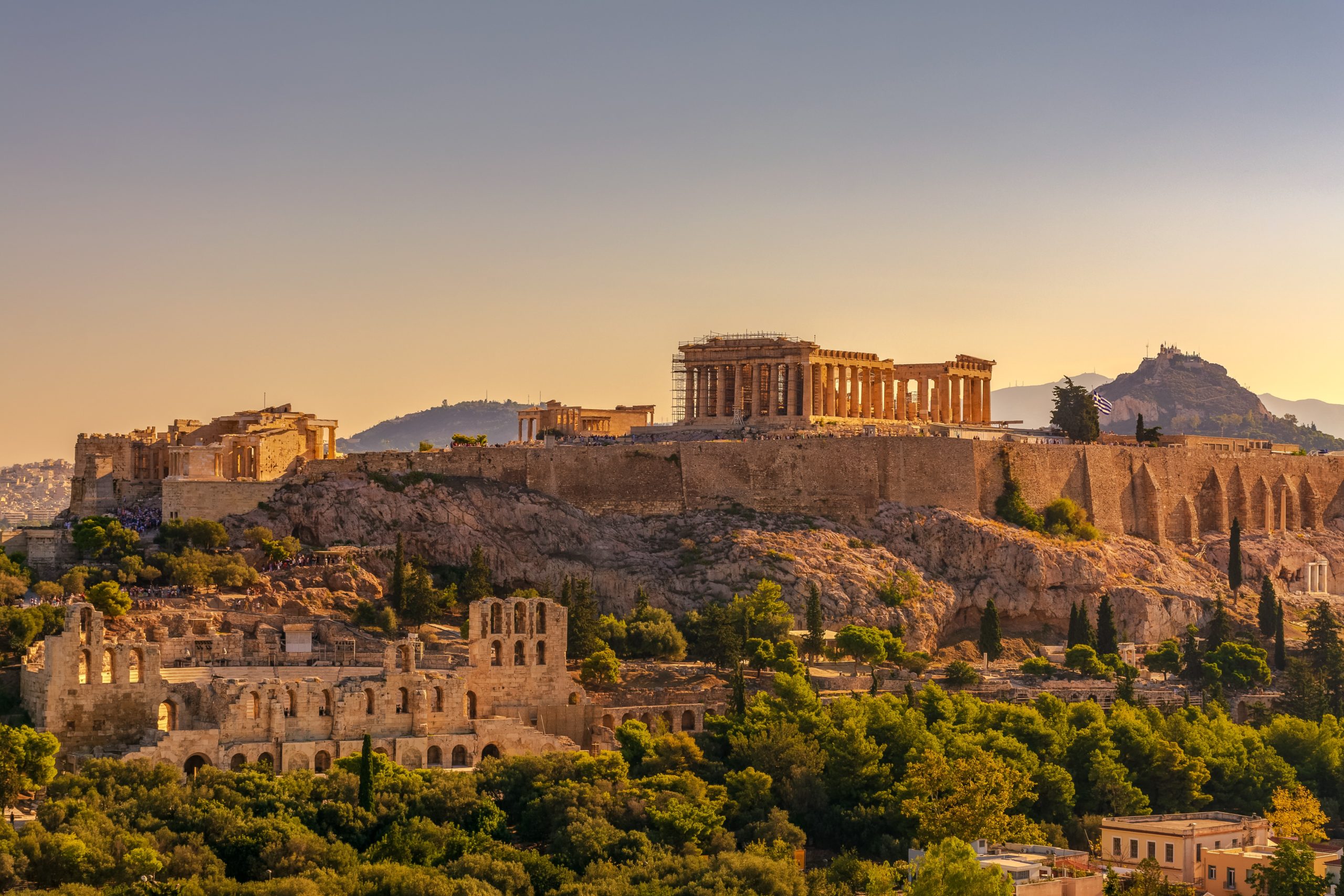10. Study Questions Copy
We suggest that you try to answer the study questions before viewing the answers.
She cries and blushes but says nothing (in fact she says nothing at all in the poem, which is odd, given that, ostensibly, she is the focus of the forthcoming war). This may be a comment on the expected role of Roman matrons (silent and compliant and deemed to be the property of men).
She is compared (in a double simile) with ivory dyed with crimson, and white lillies mixed with red roses. The contrast in colours is striking, emphasising the blushing of her cheeks with the pallor of her skin, and draws upon the notion that she burns inside, and the blush is the outward evidence of this.
It is quite possible that Turnus does indeed love Lavinia very much, but his aggressive and impulsive nature gives the impression that he is as much motivated by anger and a desire for martial glory as he is by his feelings for Lavinia.
He orders a messenger to convey to Aeneas that he wishes to fight him in a duel to decide the outcome. Note the use of the colour red here: cum primum crastina caelo /puniceis invecta rotis Aurora rubebit. This echoes the red of Lavina’s blush and the mention of the Tiber running with blood. The white of the bones in the landscape also echoes the pallor of Lavinia’s skin, and the red/white contrast of her double simile. This red and white motif emphasises the fire that burns inside Turnus, Lavinia and Armata (which could also stand for the destructive fire of war) as well as the blood that will be spilled. White could represent innocence.

